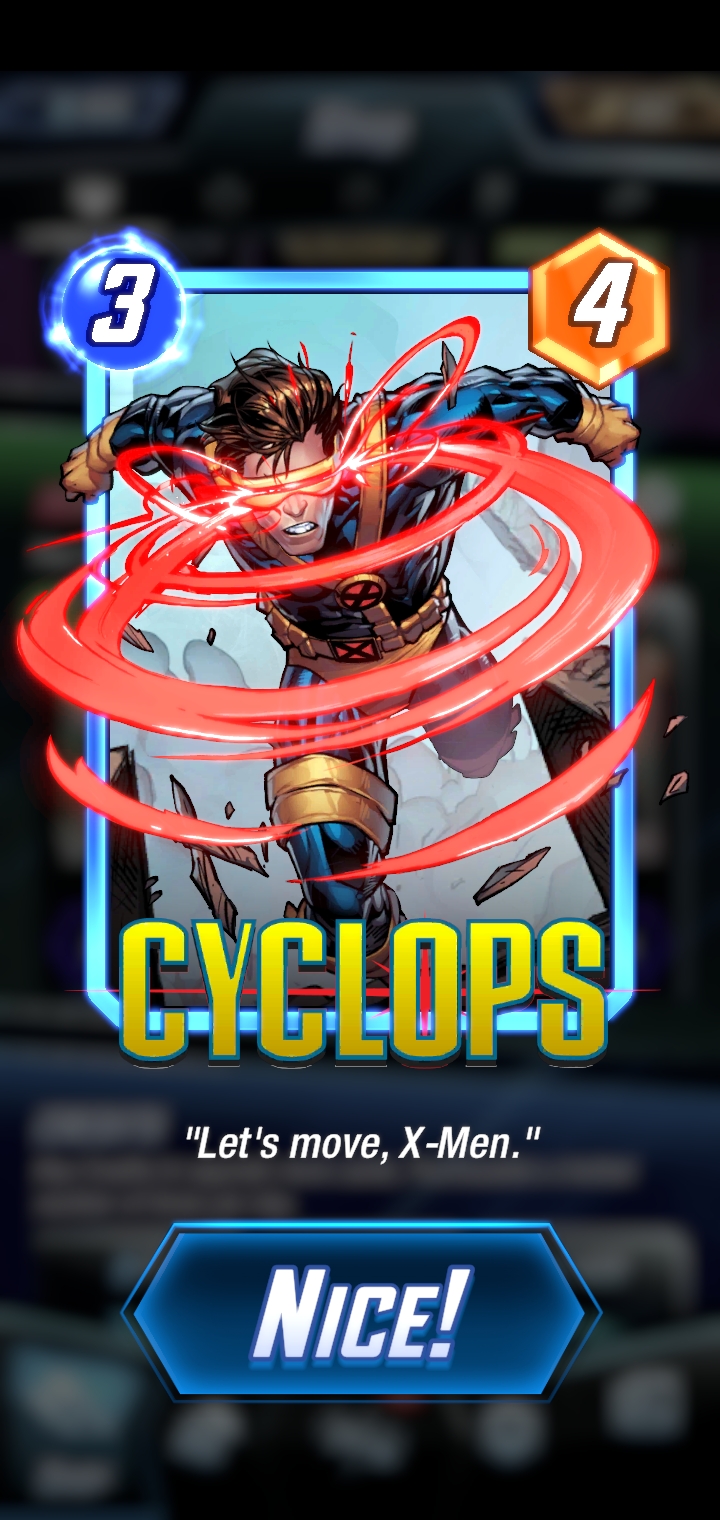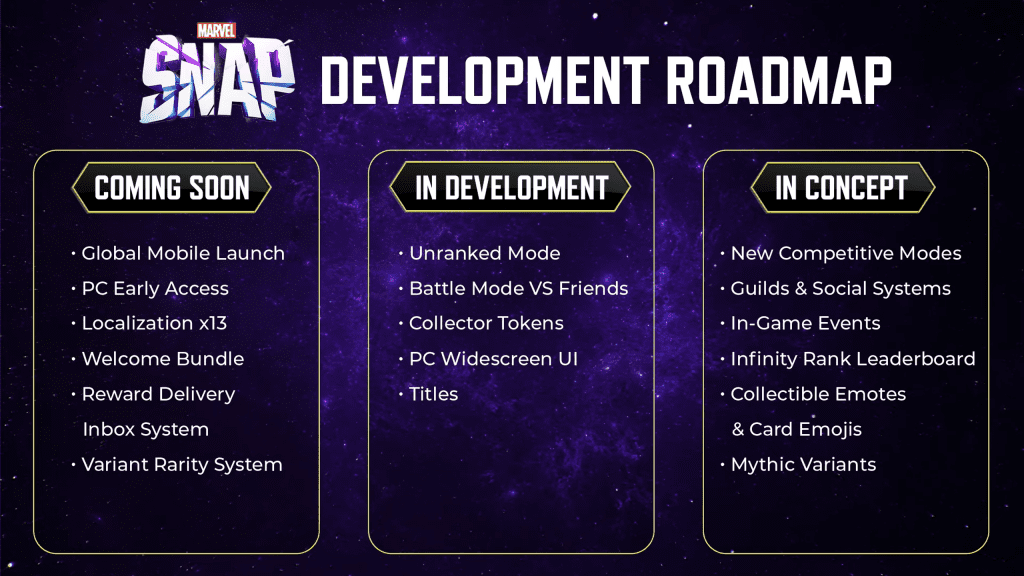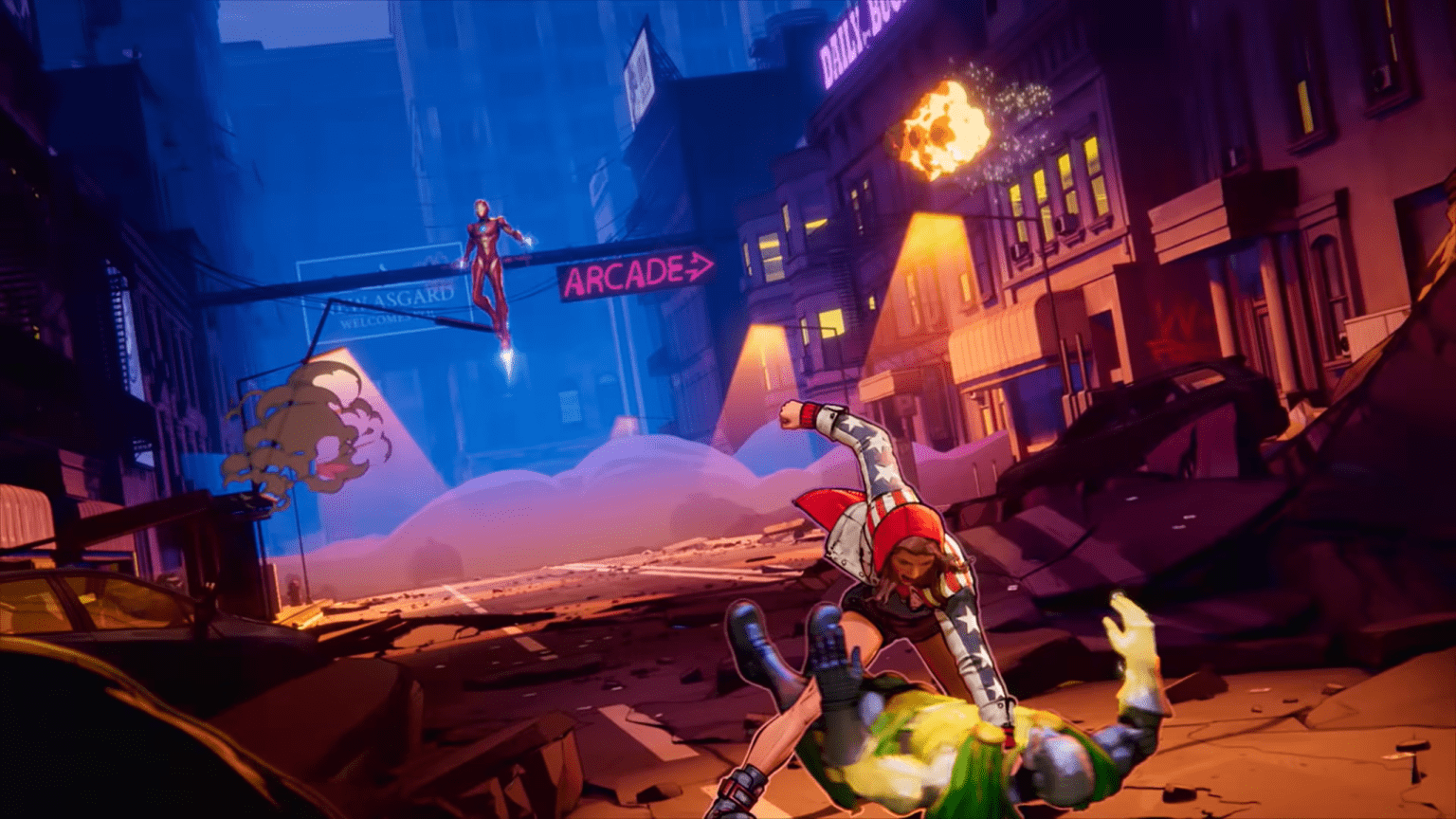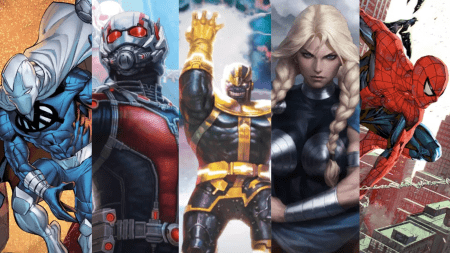The collectible card game genre has become surprisingly saturated in recent years. Between tabletop staples Magic and Yu-Gi-Oh!, mobile hits Hearthstone and Runeterra, and indies like Slay the Spire, there’s no shortage of deck-builders to sink your teeth into. Even the biggest AAA titles—from The Witcher 3 to Splatoon 3—have their own playing card mini-games.
Unfortunately, that oversaturation comes at a cost. After so many iterations of the same few formulas, it’s easy for these titles (and their rules) to blend together. I can only read so much card text before my eyes start to glaze over.
So, imagine my skepticism when I booted up Marvel Snap, and my subsequent surprise when that skepticism melted away. Not only is Disney’s new card battler for iOS and Android a blast—it’s quite possibly the most enjoyable, least intrusive mobile game I’ve ever played.
From Hearthstone to Infinity Stones
Marvel Snap marks the latest card game from Hearthstone creator Ben Brode. After leaving Blizzard’s Team 5 in 2018, Brode founded his own indie studio, Second Dinner, and struck up a partnership with Marvel Entertainment to develop a mobile game based on the MCU.
Brode is no amateur when it comes to making a compelling CCG. His work on Hearthstone was instrumental to it becoming the juggernaut it is today, and one could argue the game’s appeal has waned ever since he left.
Well, it turns out his departure was Blizzard’s loss—and Marvel’s gain. In the shift from Azeroth to Avengers, Brode has designed a card game that emulates the very best of Hearthstone, minus all of the fluff.
Like its inspiration, Marvel Snap features a mana-based system. Each player constructs a deck of 12 cards, each with its own power level and mana (aka “energy”) cost. Across six turns, the player and their opponent ramp up from one energy to six, with the goal of playing increasingly powerful MCU characters.
A Mobile Card Game, Built for Mobile
And… that’s about where the similarities end. Marvel Snap isn’t afraid to buck the norm, and it’s clear Brode has learned a lot from his old design days at Blizzard.
The first, and perhaps biggest, difference between Snap and traditional card games is that players don’t have “health” or “life” points. Instead, players fight to control three “locations” on the board. Each location holds a maximum of four player cards, and has a unique game-altering effect that impacts play. For example, Crimson Cosmos stipulates that 1-, 2-, and 3-cost cards cannot be played there—only higher-energy characters can vie for control. By adding up the power of your cards at a given location, you’ll see the total power you’re currently using to control that location.

This feeds into the second big shakeup with Marvel Snap (one I’ve already alluded to): Matches are capped at just six turns. Each turn, players simultaneously drag their card(s) face-down to their intended location. The game then reveals the cards and resolves any card effects. After turn six, the game tallies the points for each location. Hold the most power at two or more locations, and you win the game.
It’s a clever twist on the established formula, and one that plays to the mobile format in ingenious ways. Each game runs only about three to five minutes—perfect for a short commute or lunch break. The game’s smaller deck size reduces the complexity of the experience (no spells or secrets to worry about here), but there’s still plenty of strategy for those who want to optimize their deck and dominate their opponents.
Oh, Snap!
Progressing in Marvel Snap in a breeze, thanks to a host of different reward systems. All the bells and whistles you might expect from a digital card game are here—including daily and weekly quests, seasonal challenges, and a ranked ladder. However, it’s the latter in particular that deserves special mention.
Every win against an opponent grants you a Cosmic Cube; lose to an opponent, and you lose a Cube. The more Cubes you amass, the higher ladder tiers you reach. It’s a simple concept, yet Snap quickly turns this on its head.
If, at any point mid-match, you feel confident you can beat your opponent, you can “snap.” (This is done by pressing a Cosmic Cube icon at the top of the screen.) Doing so doubles the stakes for that game, from one Cosmic Cube to two. Likewise, if your opponent feels the same, they can double down too, raising the stakes to four.

Here’s where it gets interesting: Once players enter the final turn of the game, the stakes double again. If four Cubes were on the line (i.e., both players snapped), the wager doubles to eight. Once players make their final move of the match, they lock themselves into that bet. However, if a player doesn’t think they can win, they can opt to “escape” (i.e., concede) and avoid paying the full brunt of the wager. (In this case, they’d only lose four Cubes.)
It’s an ingenious mechanic—one that adds some risk-reward spice to an already well-seasoned experience. Not only does it give crafty (or cocky) players the ability to rank up faster, but it takes away the sting of conceding by making it an integral part of your strategy.
Addressing the Whale in the Room
If you’re playing a mobile game in 2022, odds are that game has microtransactions. It’s not what many players might want, but it’s the reality we live in.
Marvel Snap doesn’t break from the norm with its payment structure—but the game deserves credit for making its MTX as palatable as conceivably possible. Zero cards in the game are locked behind a paywall; you can unlock every MCU character (150+ at launch) simply by playing the game. The game’s gated content consists of cosmetics (variant card artwork, card backs, etc.), which you can purchase via either in-game currency or real-world cash.
In other words, Snap lives far closer to the likes of Fortnite and League of Legends than Genshin Impact and Fire Emblem: Heroes. There’s likely to be a grind if you want to unlock the slickest card rarities, but even the lower, more accessible rarities manage to look incredible.

One caveat: While Marvel Snap thankfully eschews card packs (arguably the most predatory form of MTX in games like Hearthstone), its most invasive feature comes in the form of a seasonal battle pass. At launch, there’s a 50-tier Miles Morales-themed season dubbed “Symbiote Invasion,” which runs from October 18 through November 6. At $9.99, the pricing is in line with most modern free-to-play games.
While the battle pass itself is relatively harmless (it provides some limited-time variants, as well as early access to cards like Miles Morales), the three-week runtime has me somewhat concerned. It doesn’t feel nearly long enough for users to play at their own pace. Given the otherwise squeaky clean experience, I’m willing to give it a chance, but as with most F2P games, the verdict is still out.

Final Thoughts
It shouldn’t surprise me that Marvel Snap is such a blast. The game’s got clever mechanics, stunning card art, and crystal clear controls. It doesn’t hurt that Snap features some of the most iconic heroes and villains to grace a comic book or movie screen.

And yet, I am surprised. I’m surprised at how much love went into this game—from the flavor of cards like Quicksilver, who’s guaranteed to appear in your starting hand; to the animation of cards like Iron Man, who uses his thrusters to enter the game board; to the use of gyroscope to make cards appear as if they’re three-dimensional. Beyond all that, I’m surprised a mobile game can be this good, without reaching for the wallet.
I have concerns about the battle pass, but those can wait for another day. Marvel Snap is out now, and the reality is, it’s stellar. Play it on iOS or Android, or try an early access version for PC via Steam (widescreen support is coming soon). Thanos might be bad, but this snap is damn good.
Score: 9.3/10
David is the founder of The Punished Backlog. He has a problem finishing games he starts.
Just beat: Donkey Kong Bananza.
Working on: Hollow Knight: Silksong.
Can't wait for: Metroid Prime 4: Beyond.
Follow David on Twitter at @David_Silbert to keep up to date with all things The Punished Backlog.










